Getting Rid Of Mushrooms Growing In Houseplant Soil
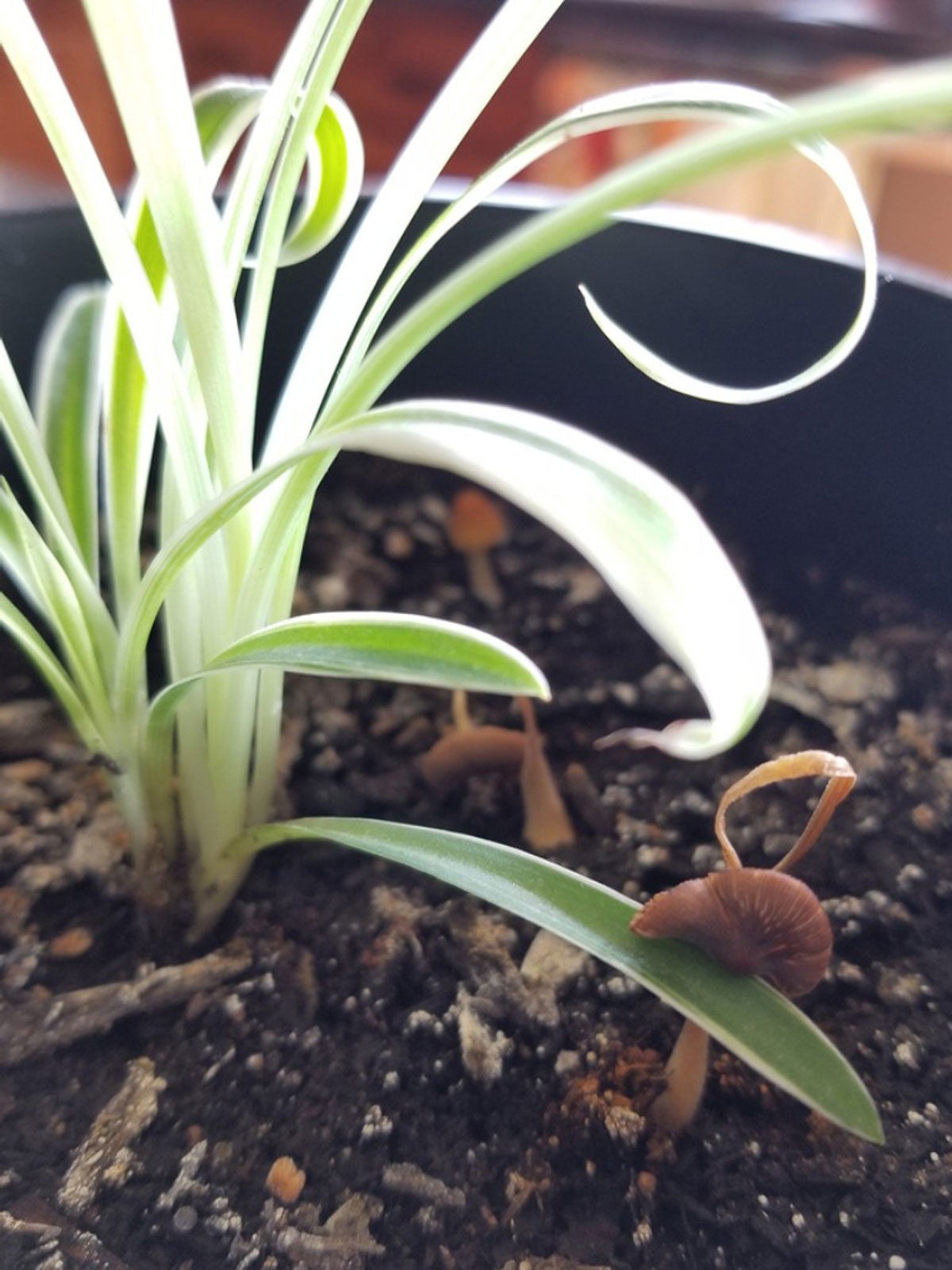

Most of the time when people are growing houseplants, they are doing so to bring some of the outdoors indoors. But normally people want green plants, not little mushrooms. Mushrooms growing in houseplant soil is a common problem.
What Causes Mushrooms Growing in Houseplant Soil?
Mushrooms growing in houseplants are caused by a fungus. The mushrooms are the fruit of that fungus. One of the most common mushrooms found growing in houseplants is the Leucocoprinus birnbaumii. This is a light yellow mushroom with either a balled or flat cap depending on how mature they are.
The spores that are the cause of mushrooms growing in houseplant soil is normally introduced by contaminated soilless mix. But occasionally, they can be introduced through other means such as airborne movement or spores brushing off clothing.
Most frequently, mushrooms will appear in houseplants in the summer when conditions are right for them. Unlike lawn mushrooms (which prefer cool, moist conditions), mushrooms in houseplants prefer that air be warm, moist and humid.
Getting Rid of Mushrooms in Houseplants
Unfortunately, this is no easy task. Once soil becomes infected, it is very difficult to remove the spores and fungus that causes the mushrooms, but there are a few things you can try:
- Remove the caps - By removing the caps as soon as possible, you are removing the source of the spores which result in mushrooms growing in houseplant soil. This will also help keep mushrooms out of your other houseplants.
- Scrape the soil - Scraping the top 2 inches (5 cm.) of soil off the houseplants pot and replacing it may help, but the fungus may regrow and the mushrooms will return.
- Change the soil - Changing the soil may possibly help with getting rid of mushrooms. One of the problems is that it is not healthy to remove all of the soil from a plant's roots (through washing or rinsing) and the fungus may still be present and regrow from the soil left on the roots of the houseplant.
- Drench the soil with fungicide - Drenching the houseplant's soil with fungicide may help with eliminating mushrooms in houseplants, but again, if not all of the fungus is killed, the mushrooms will return. You may need to try this treatment several times before the fungus is killed completely.
- Change the conditions - If the air is less humid, the soil less moist or the temperature less warm, this will reduce the number of mushrooms that appear. Unfortunately, the conditions that are ideal for mushrooms are also ideal for most houseplants, so by changing the conditions you may harm the houseplant itself.
Getting rid of mushrooms in houseplants is hard, but mushrooms growing in houseplant soil won't harm your plant nor will they harm you unless you eat them. You may want to consider just letting them grow. If you want to get whimsical, you could add a few animal or fairy figurines near them and create a little forest garden right inside your house.
Most of the time when people are growing houseplants, they are doing so to bring some of the outdoors indoors. But normally people want green plants, not little mushrooms. Mushrooms growing in houseplant soil is a common problem.
Gardening tips, videos, info and more delivered right to your inbox!
Sign up for the Gardening Know How newsletter today and receive a free copy of our e-book "How to Grow Delicious Tomatoes".
What Causes Mushrooms Growing in Houseplant Soil?
Mushrooms growing in houseplants are caused by a fungus. The mushrooms are the fruit of that fungus. One of the most common mushrooms found growing in houseplants is the Leucocoprinus birnbaumii. This is a light yellow mushroom with either a balled or flat cap depending on how mature they are.
The spores that are the cause of mushrooms growing in houseplant soil is normally introduced by contaminated soilless mix. But occasionally, they can be introduced through other means such as airborne movement or spores brushing off clothing.
Most frequently, mushrooms will appear in houseplants in the summer when conditions are right for them. Unlike lawn mushrooms (which prefer cool, moist conditions), mushrooms in houseplants prefer that air be warm, moist and humid.
Getting Rid of Mushrooms in Houseplants
Unfortunately, this is no easy task. Once soil becomes infected, it is very difficult to remove the spores and fungus that causes the mushrooms, but there are a few things you can try:
- Remove the caps - By removing the caps as soon as possible, you are removing the source of the spores which result in mushrooms growing in houseplant soil. This will also help keep mushrooms out of your other houseplants.
- Scrape the soil - Scraping the top 2 inches (5 cm.) of soil off the houseplants pot and replacing it may help, but the fungus may regrow and the mushrooms will return.
- Change the soil - Changing the soil may possibly help with getting rid of mushrooms. One of the problems is that it's not healthy to remove all of the soil from a plant's roots (through washing or rinsing), and the fungus may still be present and regrow from the soil left on the roots of the houseplant.
- Drench the soil with fungicide - Drenching the houseplant's soil with fungicide may help with eliminating mushrooms in houseplants, but again, if not all of the fungus is killed, the mushrooms will return. You may need to try this treatment several times before the fungus is killed completely.
- Change the conditions - If the air is less humid, the soil less moist or the temperature less warm, this will reduce the number of mushrooms that appear. Unfortunately, the conditions that are ideal for mushrooms are also ideal for most houseplants, so by changing the conditions you may harm the houseplant itself.
Getting rid of mushrooms in houseplants is hard, but mushrooms growing in houseplant soil won't harm your plant nor will they harm you unless you eat them. You may want to consider just letting them grow. If you want to get whimsical, you could add a few animal or fairy figurines near them and create a little forest garden right inside your house.
Note: Any recommendations pertaining to the use of chemicals are for informational purposes only. Chemical control should only be used as a last resort, as organic approaches are safer and more environmentally friendly.

Heather Rhoades founded Gardening Know How in 2007. She holds degrees from Cleveland State University and Northern Kentucky University. She is an avid gardener with a passion for community, and is a recipient of the Master Gardeners of Ohio Lifetime Achievement Award.
-
 Looking For Plants To Give You The Soft And Fuzzies? Try These 5 Fuzzy Leaf Plant Options
Looking For Plants To Give You The Soft And Fuzzies? Try These 5 Fuzzy Leaf Plant OptionsLovers of texture, drama, silver foliage and tactile plants will adore these special sensory garden additions. These fuzzy leaf plant options will leave you all aglow
By Susan Albert
-
 Get Ready For A Summer Of Hummers! Grow These Full Sun Hummingbird Plants and Flowers
Get Ready For A Summer Of Hummers! Grow These Full Sun Hummingbird Plants and FlowersIf you’re lucky enough to enjoy a sunny backyard, make sure you are maxing out on your pollinator opportunities and grow these full sun hummingbird plants and flowers
By Tonya Barnett
-
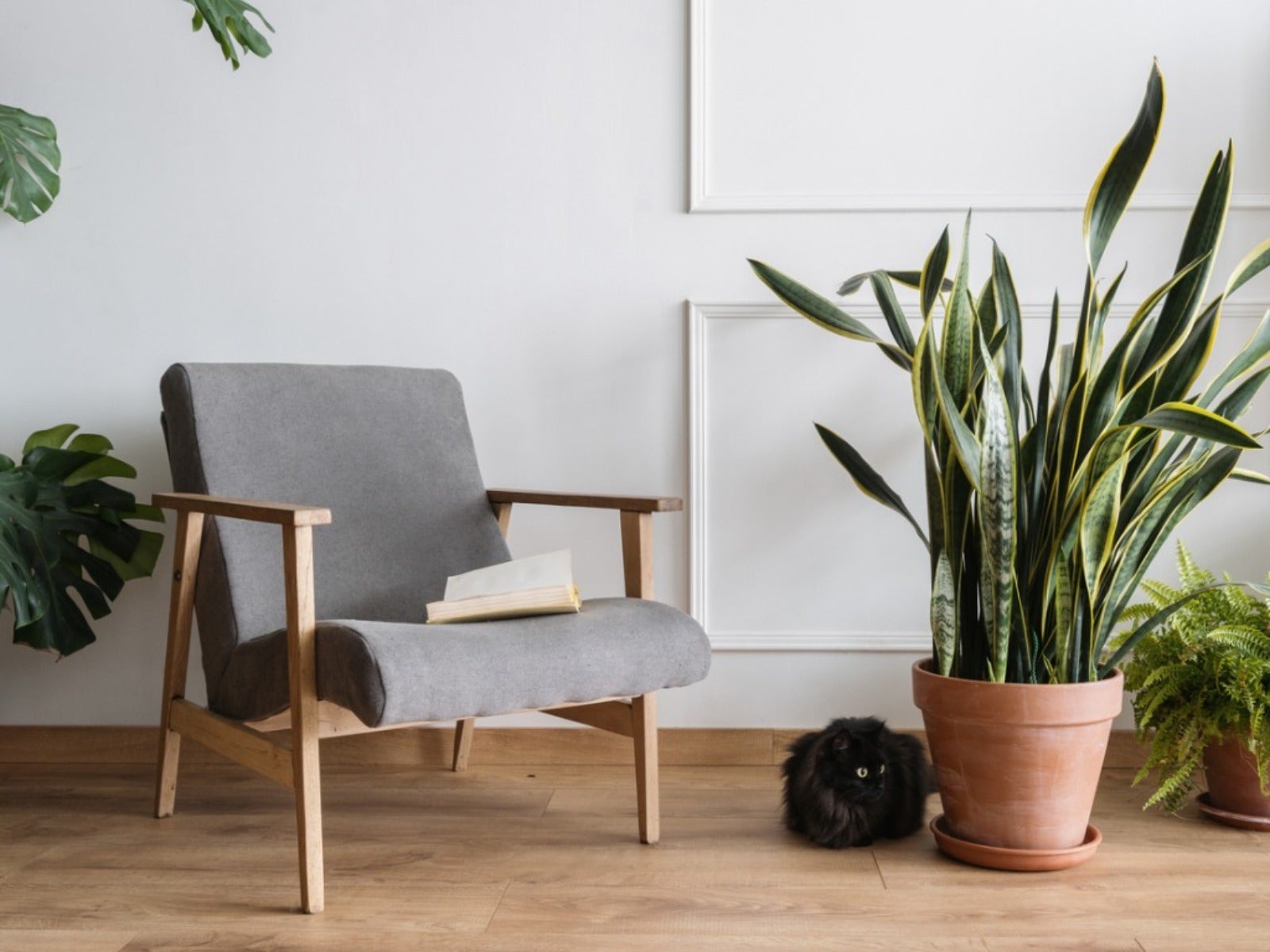 8 Easy Care Houseplants That Live A Long Time
8 Easy Care Houseplants That Live A Long TimeClick here to learn about our 8 favorite low maintenance houseplants that can, with proper care, live a long time.
By Amy Grant
-
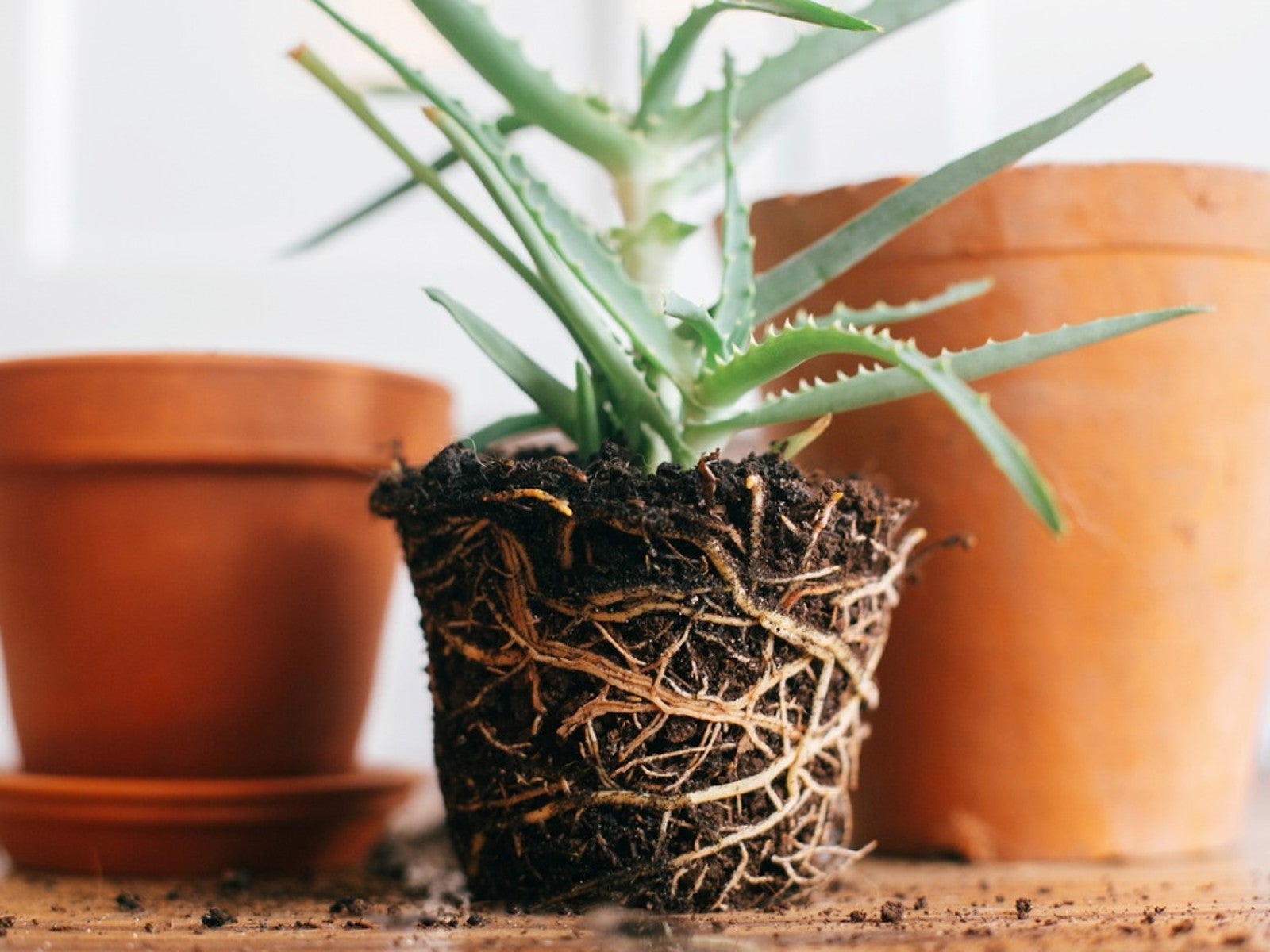 How Often Should You Repot Plants?
How Often Should You Repot Plants?Escaping roots and shrinking leaves may mean your plant wants a new pot, but some like staying cramped and cozy.
By Mary Ellen Ellis
-
 Orange Flowering Houseplant Varieties With Tropical Flair
Orange Flowering Houseplant Varieties With Tropical FlairClick here to learn about some cheerful orange-blooming houseplants you can try growing.
By Mary Ellen Ellis
-
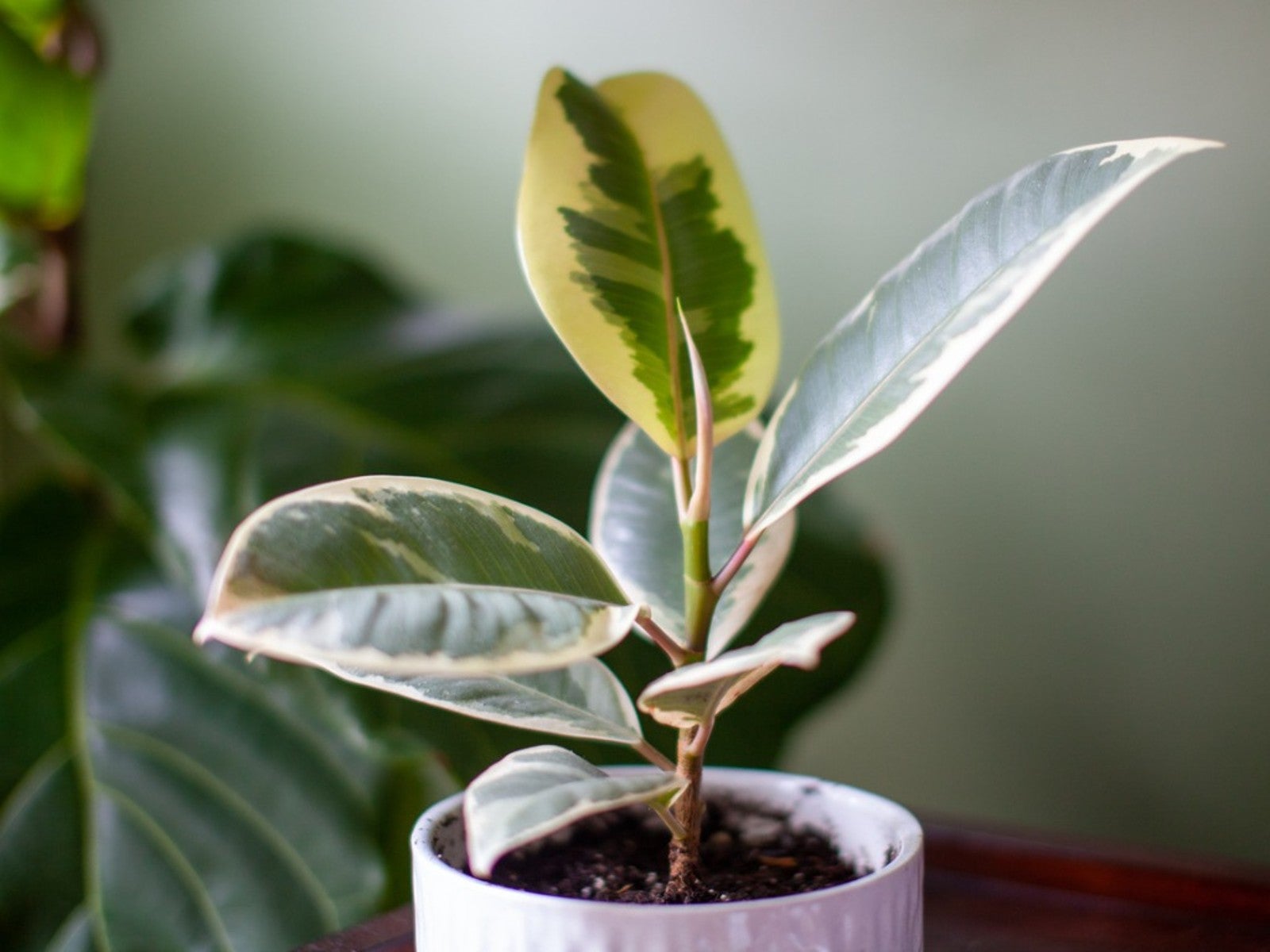 Variegated Houseplants With Lovely Leaves
Variegated Houseplants With Lovely LeavesWhat are some of the best variegated houseplants to add to your collection? Click here to find out.
By Amy Grant
-
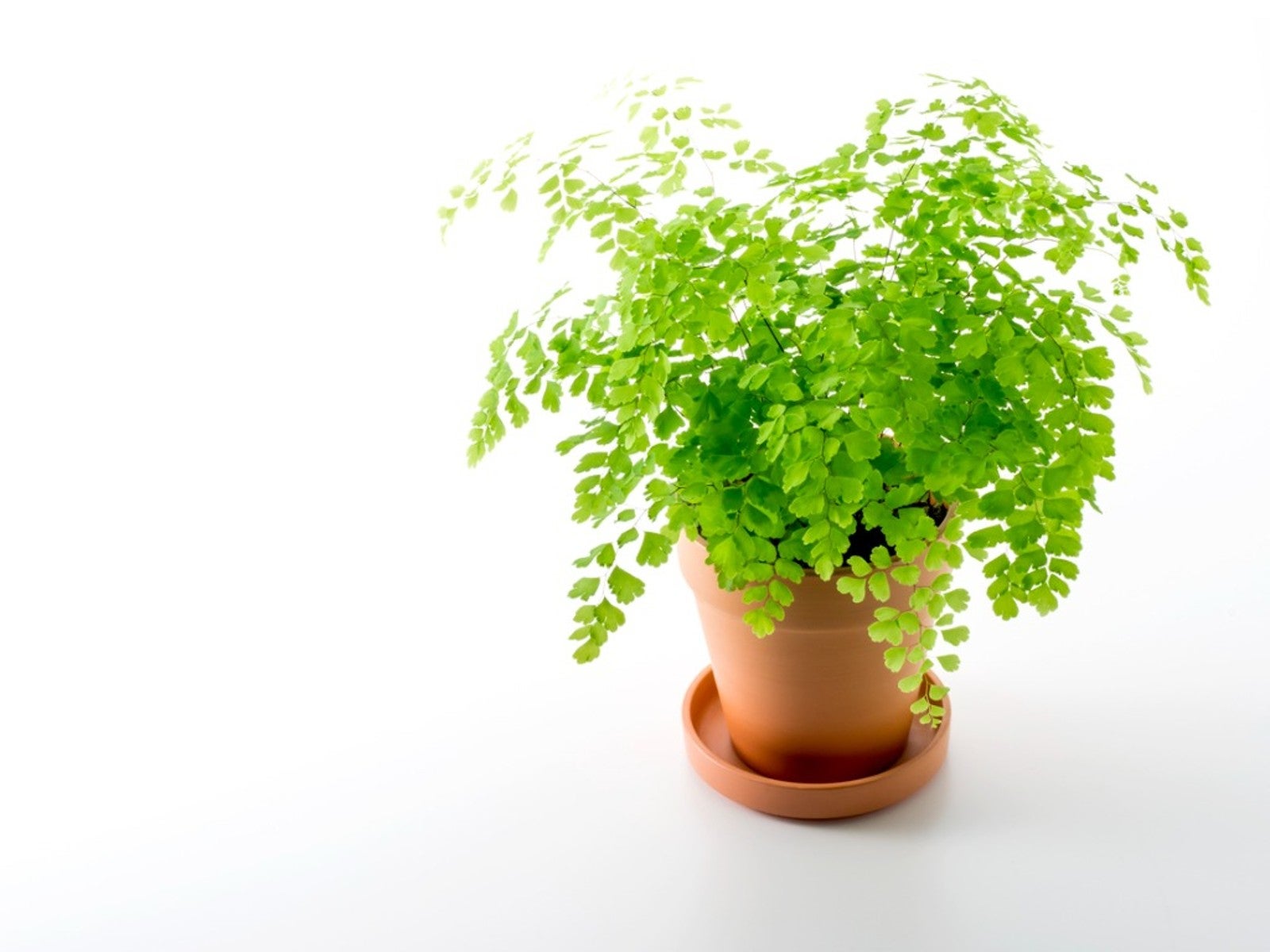 Lovely, Lacy Indoor Foliage Plants
Lovely, Lacy Indoor Foliage PlantsClick here to learn about some houseplants with lacy foliage to add to your collection.
By Mary Ellen Ellis
-
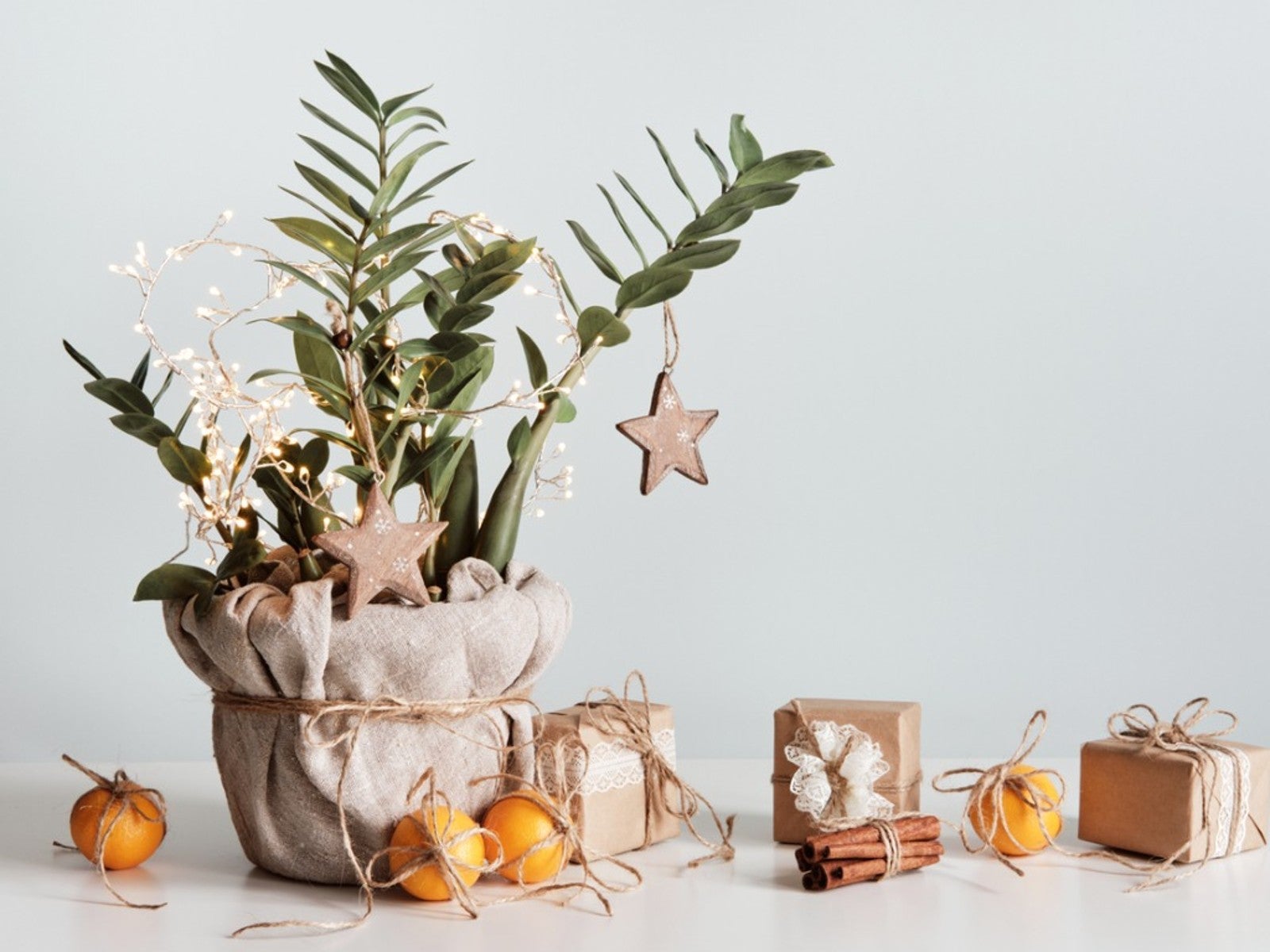 Best Christmas Houseplants And Plants For Winter Holidays
Best Christmas Houseplants And Plants For Winter HolidaysClick here for an idea of the best houseplants to use for holiday décor for Christmas, Hanukkah, Kwanzaa, and New Year’s.
By Laura Miller
-
 Best Big Houseplants To Create An Indoor Oasis
Best Big Houseplants To Create An Indoor OasisIf you have the space you may want to grow some large houseplants. Here are some ideas.
By Mary Ellen Ellis
-
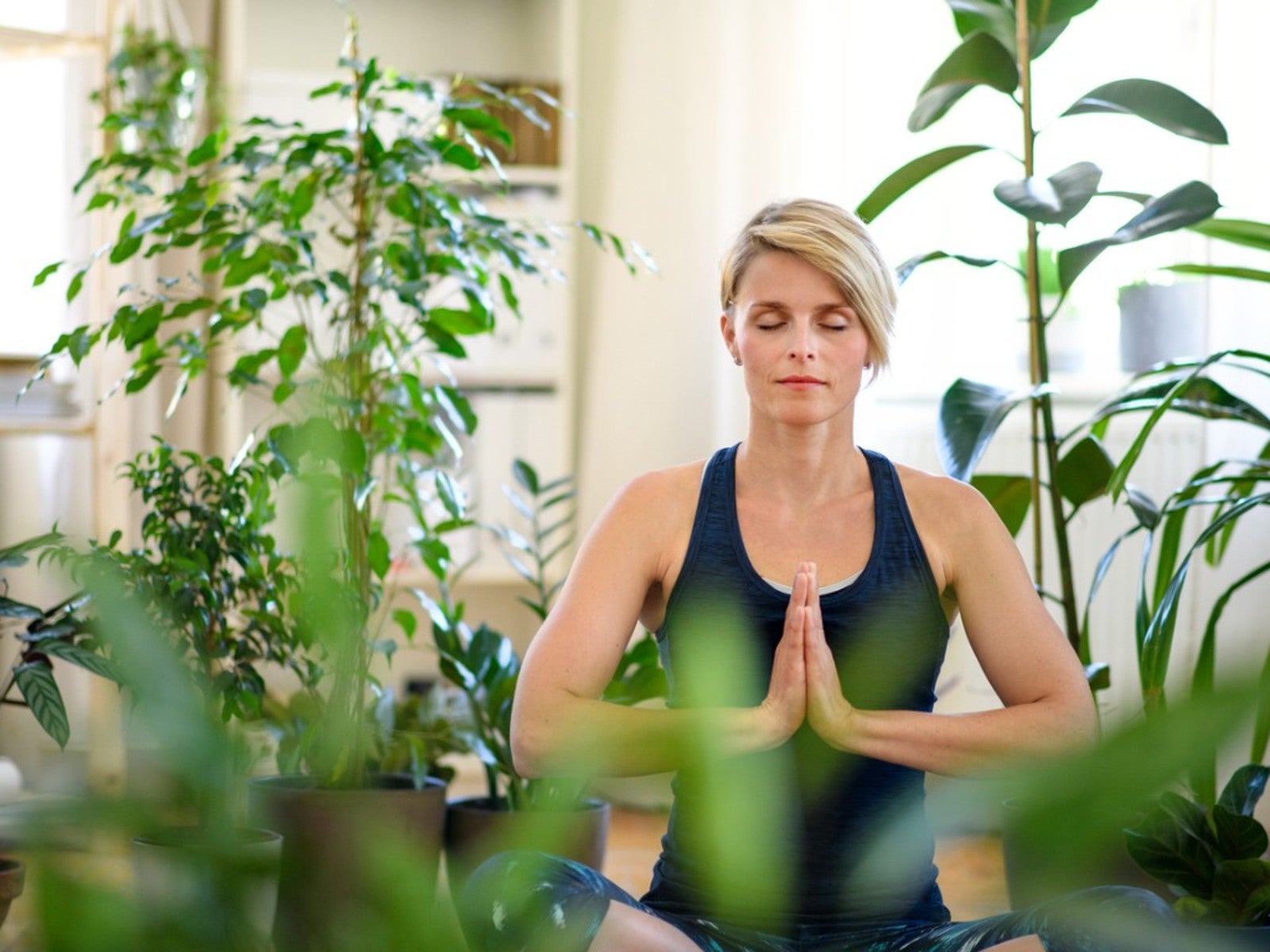 Relaxing Plants To Grow Indoors For A Calmer Mind
Relaxing Plants To Grow Indoors For A Calmer MindAre there houseplants that can help you to relax? Click here to find out.
By Laura Miller